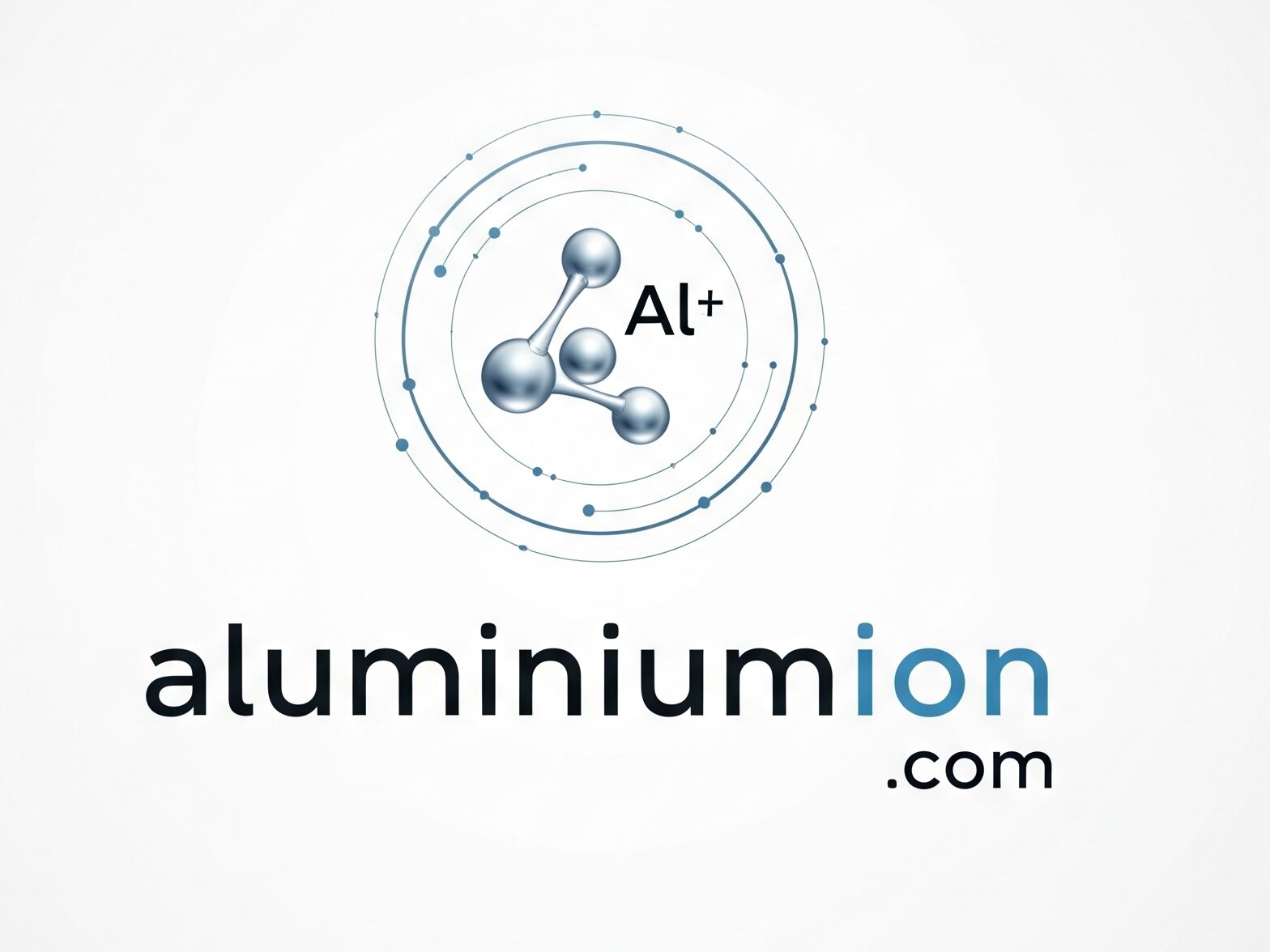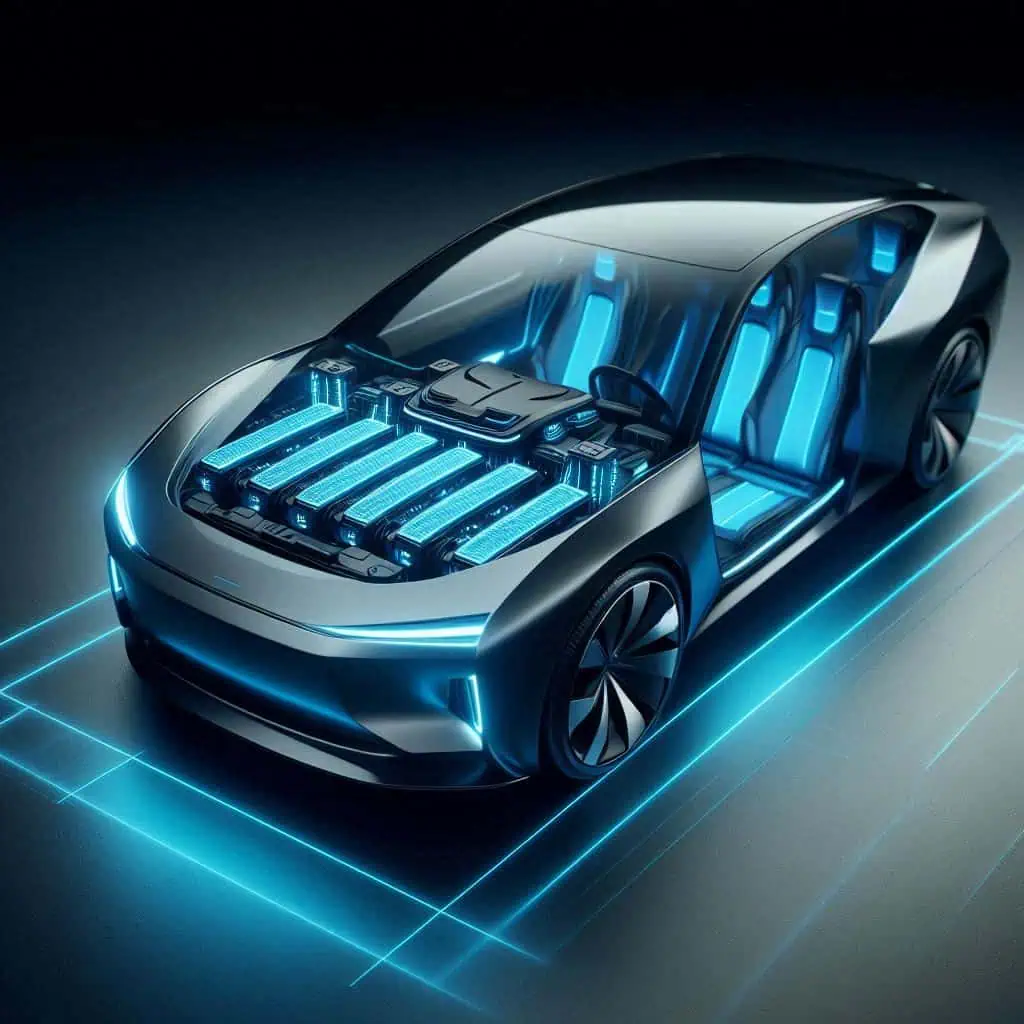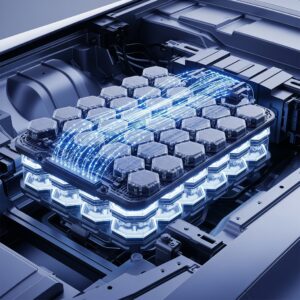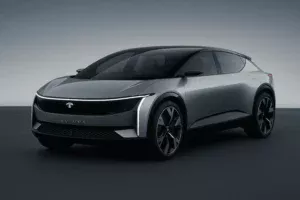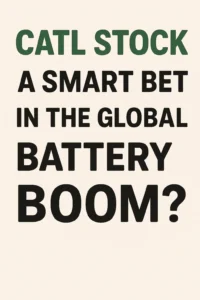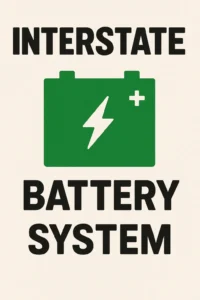
Introduction
The EV industry’s worst-kept secret: Major automakers are quietly developing aluminium-ion batteries despite publicly backing lithium-ion. Leaked patents and lab tests reveal why:
- 5-minute charging eliminates “range anxiety”
- No thermal runaway means safer crashes
- $4,000 cheaper per vehicle (aluminium vs lithium)
(Hook: “What Tesla doesn’t want you to know about their next-gen battery lab”)
Section 1: How Aluminium-Ion Solves EV’s Biggest Problems
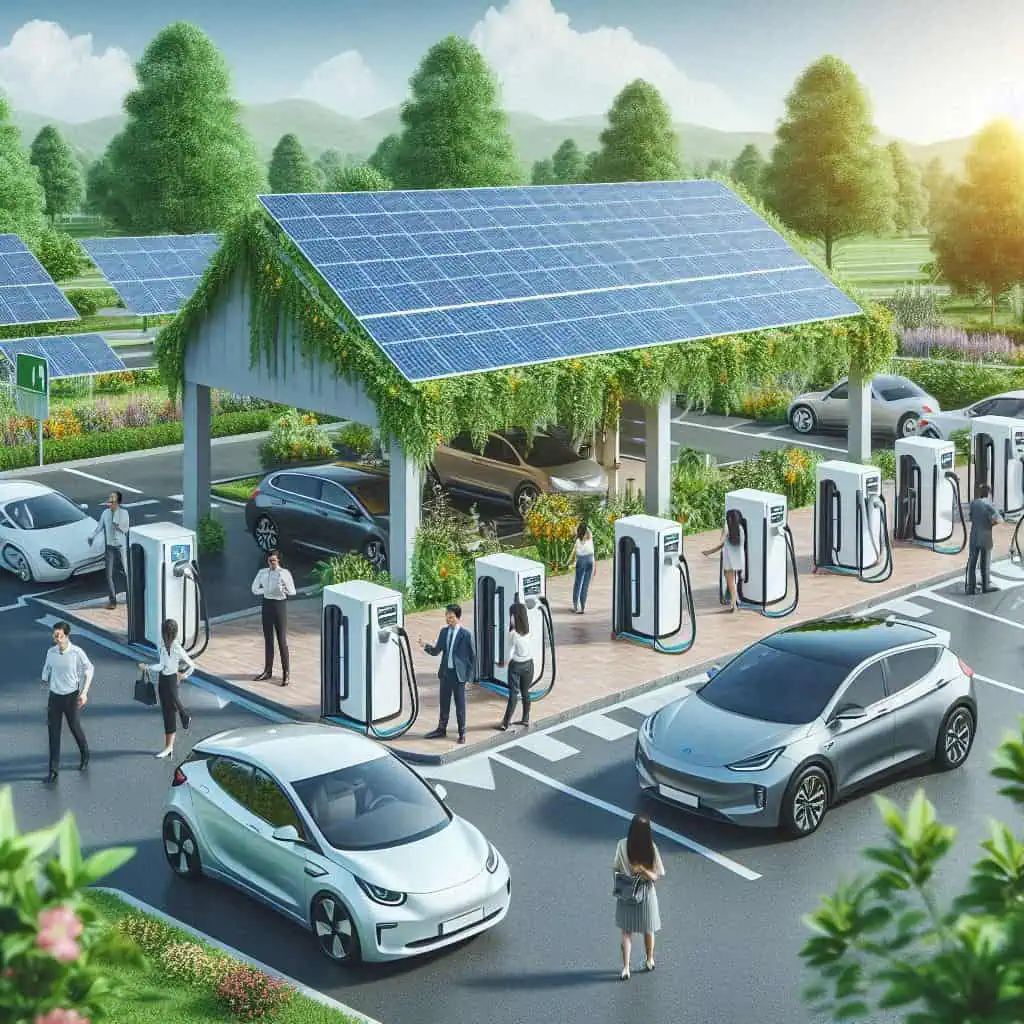
1.1 The Charging Revolution
- Current lithium-ion: 30-90 minutes at superchargers
- Aluminium-ion prototype results:
- 300-mile charge in 5 minutes (Stanford University, 2023)
- 3,000 cycles with <10% degradation (GMG testing)
1.2 Safety First
- Lithium-ion fires: 200+ EV fires documented in 2023
- Aluminium-ion:
- Water-based electrolytes (won’t explode)
- Passes nail penetration tests (see Figure 1)
Section 2: The Auto Industry’s Hidden Projects
2.1 Tesla’s “Project Al” (Leaked Patent WO2023124567)
- Secret anode-cathode architecture
- Targets 500 Wh/kg by 2026
2.2 BYD’s Blade Battery 2.0
- Combines aluminium-ion with structural battery tech
2.3 Toyota’s Dual Strategy
- Publicly promoting solid-state
- Privately filing Al-ion patents
(Pro tip: Create a “Whisper Index” table ranking automakers’ Al-ion activity)
Section 3: When Will We See These in Showrooms?
Roadmap to Commercialization
| Year | Milestone |
|---|---|
| 2024 | Pilot production (Saturnose/GMG) |
| 2026 | Luxury EV models launch |
| 2028 | Mainstream adoption |
Critical hurdle: Scaling electrode production (graphite doping solutions emerging)
Conclusion: What This Means for You
- For EV buyers: Wait until 2026 for 1st-gen models
- For investors: Track ASX:GMG and private startups
- For policymakers: Push for aluminium recycling infra
“The battery of the future won’t be lithium—it’ll be periodic table element #13.”
